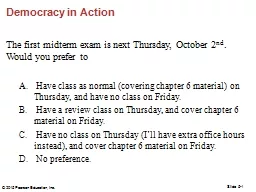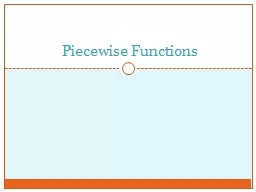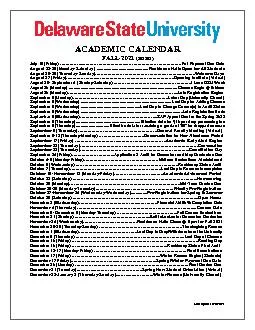PPT-Democracy in Action The first midterm exam is next Thursday, October 2
Author : min-jolicoeur | Published Date : 2019-06-22
nd Would you prefer to Have class as normal covering chapter 6 material on Thursday and have no class on Friday Have a review class on Thursday and cover chapter
Presentation Embed Code
Download Presentation
Download Presentation The PPT/PDF document "Democracy in Action The first midterm ex..." is the property of its rightful owner. Permission is granted to download and print the materials on this website for personal, non-commercial use only, and to display it on your personal computer provided you do not modify the materials and that you retain all copyright notices contained in the materials. By downloading content from our website, you accept the terms of this agreement.
Democracy in Action The first midterm exam is next Thursday, October 2: Transcript
Download Rules Of Document
"Democracy in Action The first midterm exam is next Thursday, October 2"The content belongs to its owner. You may download and print it for personal use, without modification, and keep all copyright notices. By downloading, you agree to these terms.
Related Documents














